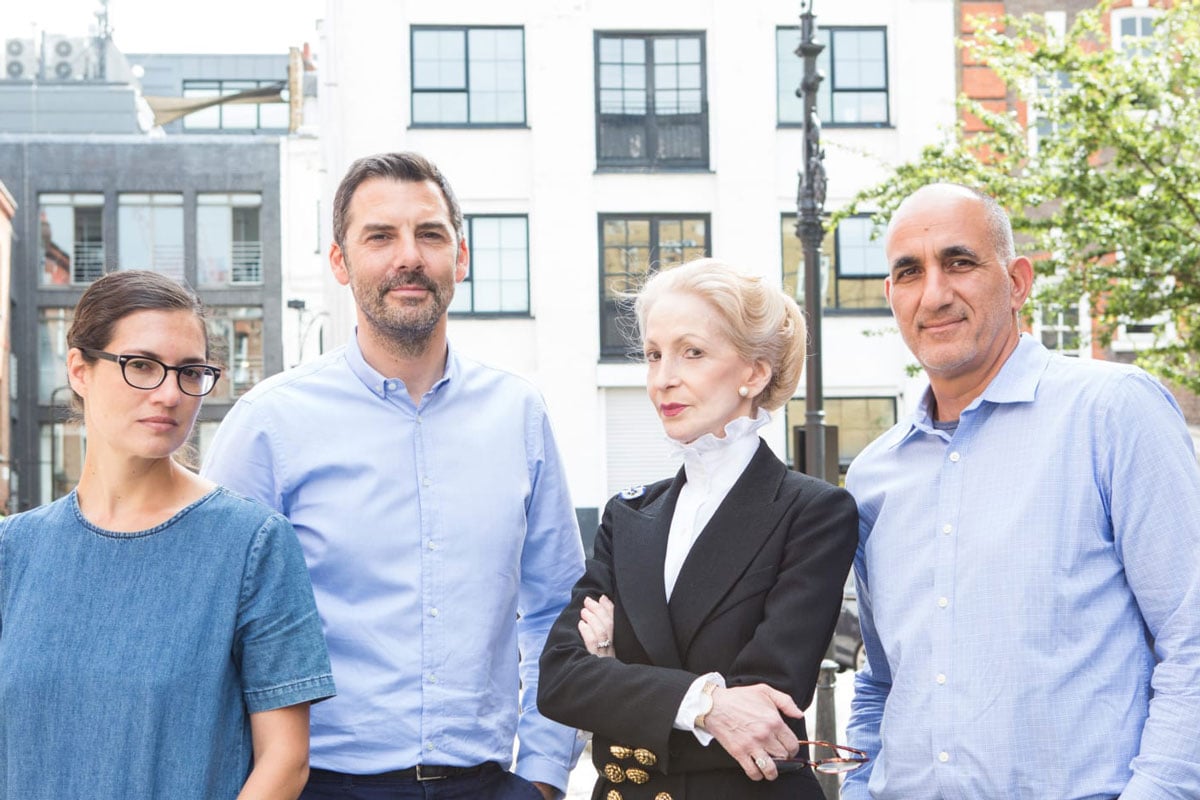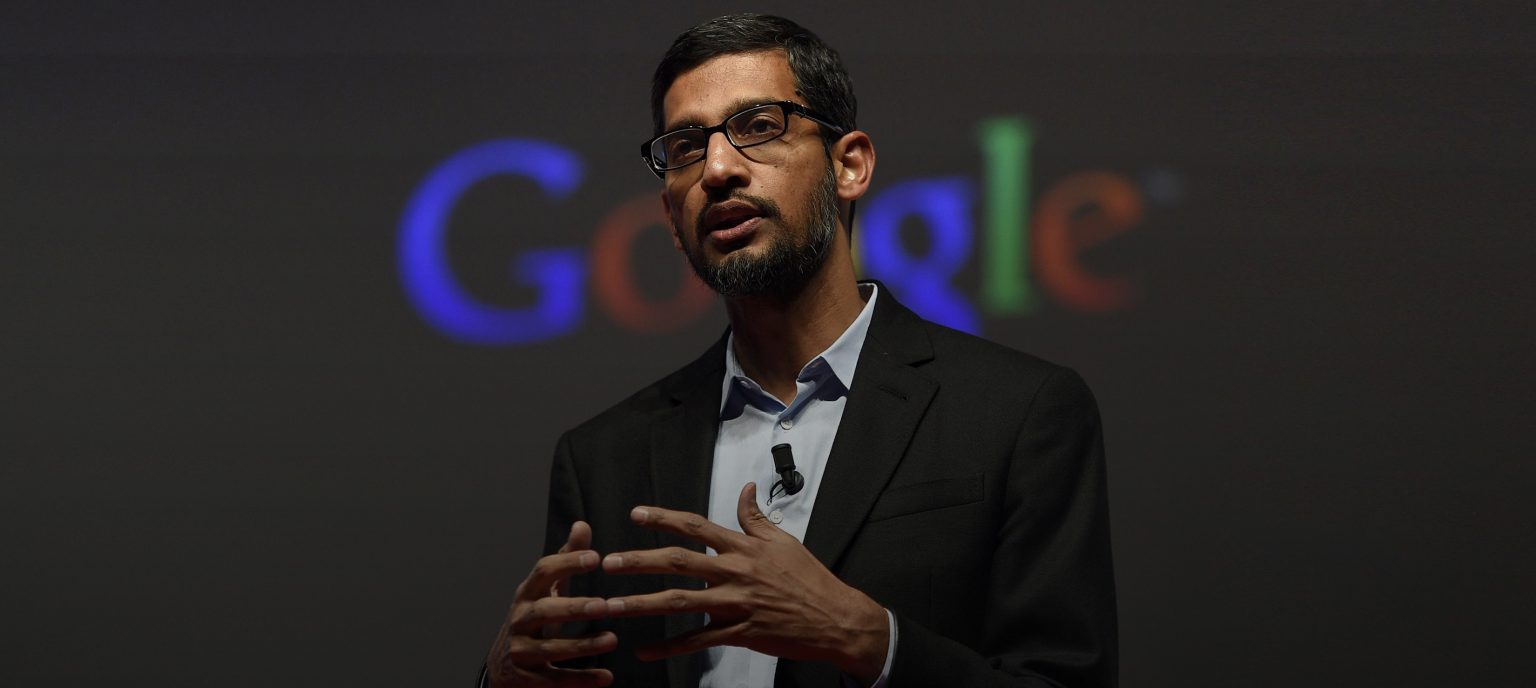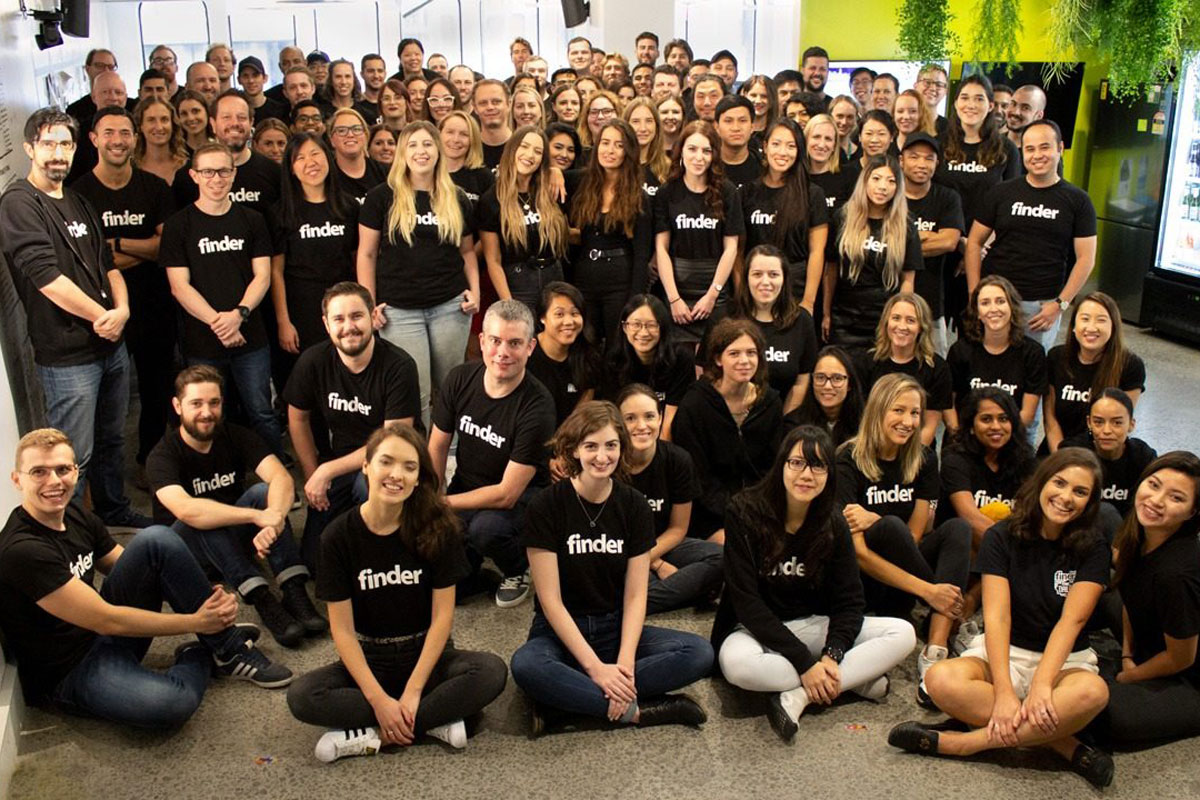The news of Amazon Founder Jeff Bezos’s departure as CEO after 27 years of taking the company from its humble beginnings as an online bookstore to the world’s leading digital retailer represents one of many founder-led companies in tech that have relinquished control of ventures in which they were deeply invested and chose instead to place them in the hands of a qualified successor.
In a similar vein, the Co-Founders of Google, Larry Page and Sergey Brin, announced in 2019 that Sundar Pichai would be assuming leadership for both Google and parent company Alphabet. This meant that the duo would be departing from their roles as CEO and President at Alphabet with Pichai already in charge of leading Google as CEO since 2015.
According to a joint letter written by Page and Brin, the pair felt it was better to appoint an individual more capable to run the companies than to cling onto their management roles.
Other examples include Apple and Microsoft’s founders stepping back from their Founder–CEO positions, both for their own reasons.
How to ensure a smooth transition

The transition of leadership marks a significant turning point both for the individual who shaped and nurtured the entire organisation into being as well as for those working closely with founders.
“The biggest challenge – and I think this is relevant in almost all situations – is to transition over leadership as seamlessly as possible. It’s a fine balance,” explains Martin Herbst, CEO of global recruitment software solution, JobAdder. “If done too quickly it can be overly disruptive and counterproductive. If done too slowly, it can be confusing for the team and there can be a lost opportunity to make a strong first impression.”
Herbst describes the process as more of an art than a science that involves a delicate balance of factors; the readiness of the founder to redirect their time and efforts elsewhere, the CEO to assume leadership and for staff to be receptive to this change.
He believes that communication is critical to a seamless takeover coupled with a transition plan that maps out how key responsibilities from the founder will be redirected over time.
During the transition phase, success also largely depends on prioritising the needs of the business above any other changes that are happening.
When is the right time to step back?
Stepping back can mean different things depending on the needs of the business and the expertise of staff. In some instances, it may be a case of having less involvement in daily decision-making to focus on strategic matters while other founders come to the realisation that hiring a full-time professional CEO is needed to guide the company into the next phase of growth.
“The right time is when you realise you need to create more time and space to think about and action other things – in my case, global opportunities,” says Frank Restuccia, Co-Founder and Co-CEO of global fintech group, Finder. “Truth is, since the start I have been working to replace all the hats I wear with amazing people who are better than I could ever be in these roles.”
As a business evolves, requirements can shift and new challenges emerge, which a founder may not have an existing skill set to handle. It’s also important to acknowledge that tactical operators aren’t always visionaries.
Scaling a business, driving a high-performance culture, running operations or winning commercial deals may not even be desirable compared to developing a product and the early stages of establishing a company.
“Some founders will know it’s time really early in, while for some, it’s a process of outgrowing the role. As the business begins to scale, they see the gaps and realise the CEO role may not be the best fit for them, and understand their skill set could better be utilised in other aspects of the business,” explains Jonathan Jeffries, Director at startup talent and growth firm, Think and Grow.
The benefits and challenges of new leadership

An externally hired CEO with a strong track record of performance can tackle challenges more objectively and bring with them a wealth of experience and insights to propel the company forward. As an outsider they don’t have the ties to internal departments and employees and are therefore well positioned to make difficult decisions with a clearer vision.
“A new leader can accelerate business growth – they bring with them different networks, experiences and solutions, which can fast-track success,” explains Restuccia. “They can challenge legacy systems and processes and see things with fresh eyes.”
For the Co-Founder of Finder, hiring a CEO for its Australian operations was pivotal for further developing the brand and partnerships as well as leading to new acquisitions.
In an environment where decision-making was predominantly led by the founder, delegating more responsibility to the wider team can be a positive experience as much as learning from someone with a different set of skills can be.
However, a change in leadership and sudden business growth can also have the opposite effect.
“When going from a startup to a more mature scale-up, roles often become narrower and deeper,” Herbst says. “Employees who were used to juggling a lot of different responsibilities and getting their hands dirty, are now being asked to sharpen their focus and delegate and/or hand over some of the duties they did in the past.”
Crucial questions for founders
- Is it the right time to be making a change in leadership?
- What does the business require to move forward?
- What will be my role in the company if I step back?
- How will I manage this transition?
- Am I ready to relinquish control and allow someone new to lead the company?
Considerations when hiring CEOs

For Ronni Zehavi, Co-Founder and CEO of Hibob and successful tech entrepreneur, the key to hiring the right candidate is finding someone who could potentially replace you without allowing natural biases to inform your decision. This can be better managed by meeting the interviewee multiple times and outlining in advance what you wish to know.
“It’s also important to bring in newcomers with their own values, different points of view as the company grows,” he says. “You have to make room for others to get in and to be inspired by your vision and then let them adjust your culture.”
The idea of adding to a culture as opposed to finding an individual who fits nicely into it is a quality the Co-Founder of Finder similarly seeks from potential leaders.
“When hiring a CEO you need someone who can challenge your previous ideas,” Restuccia asserts. “They need to be innovative and cool-headed with proven experience in scaling operations, strong commercial acumen and an empathetic leadership style.”
Read Next: Business leaders tackling modern slavery









